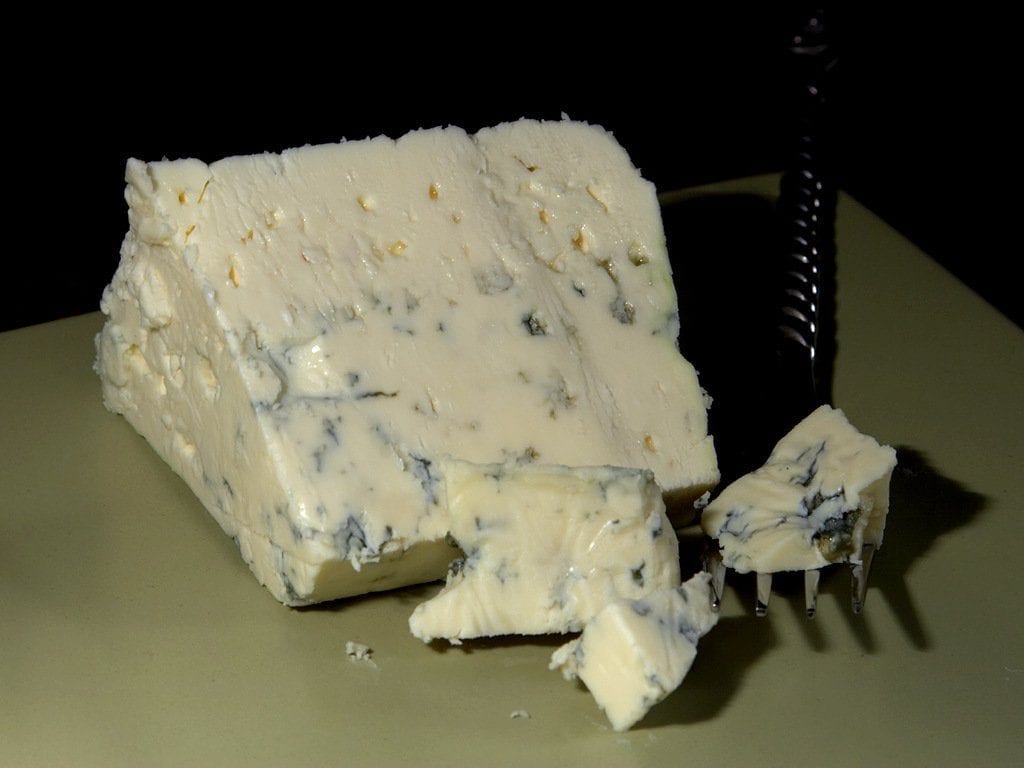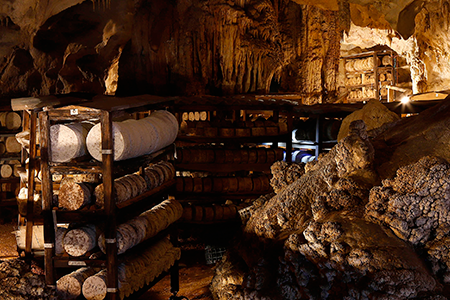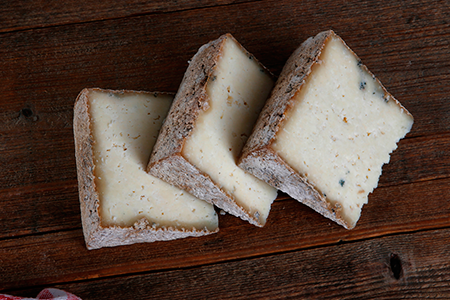Appreciated for its flavor and, to a lesser extent, its aroma, the dairy derivative composed of yeasts, bacteria and even fungi continues to be studied. Prior to recent research carried out by experts from the University tufts (Massachusetts, United States) it was unknown what is the smell of cheese. Or rather, how do their different aromas in the biological composition of the food. Something that has now been discovered, we will explain it to you below. It has its relevance.
The cheese microbiome
There are many types of cheeses, as many as their different flavors, with some nuances very marked in some occasions or minimally appreciable in others. But do you know why it is possible that all these cheese alternatives exist? If you think about it in a very general way, we are talking about a dairy derivative that is born from the same animals (goat, sheep or cow). However, the important thing in these cases is not the raw material, but what happens afterwards.
So that you can understand how the flavor and excellent quality of a cheese is born, you should know that its microbiome is essential. This one is bacteria, fungi and yeast that end up significantly influencing how the final food is. Therefore, a good understanding of how these elements can be controlled or modified is key to cheese success. The relationship they have with the specific aromas that these products later offer is to study.

For this reason, recent research has been able to discover that these microorganisms could use aromas or volatile organic compounds to change the biology of a cheese. That is, their way of being in internal terms, of composition. According to scholars who have addressed this issue, it had not yet been studied. Despite the fact that, over the centuries, humans have always appreciated the different smells of food. Now, we can answer the question of what is the smell of cheese because we know its origin.
Beyond what is the smell of cheese
The characteristic and particular aromas cheeses, as well as the flavor they provide to the palate, are the result of the maturation, a traditional process in which bacteria and fungi play a necessary role. They work segregating certain enzymes that decompose a series of amino acidsThose that later produce alcohols, amines, aldehydes, and so on. Similarly, other enzymes deal with fatty acids and obtain ketones, esters ...

In the end, all those biological compounds derivatives remain in the cheese, which determines its flavor and smell. Sometimes it can seem disgusting on the nose but exquisite on the palate or vice versa. In some cheeses such as blue, the mushrooms are the real protagonists, being the pure essence of the product. In short, all this part is the most curious, contradictory and magic of cheese.
However, this role of microorganisms in sensory experience goes beyond what is the smell of cheese. Because experts at Tufts University have also found evidence that fungi control bacteria, in the sense of communicating with them, provoking certain responses from the latter. Thus, for example, its growth or its inhibition, as the case may be, would be explained.

Expand the variety of flavors
Not everything is there, since also the volatile organic compounds mentioned above alter gene expression of the bacteria, according to the results of the study. Something that affects a better nutrient metabolism it could lead to something very interesting in the future. If research continues along this line, it would be possible to find comprehension formulas for expand the variety of cheese flavors. And he imposed with it, improve the quality of the cheeses.
For this last possible objective, this new finding that relates the microbiome and the characteristics of cheeses is very useful. Not only because of the application in the cheese industry, but also because the discovered idea can be investigated in other fields like agriculture. The scientific journal Environmental Microbiology has echoed this American study and now you know what is the smell of cheese that you usually eat at home. Does the most biological intrahistory of the origin of its different aromas seem curious to you? Science never ceases to amaze us.







